A pair of quantum experimenters that share two entangled particles may be able to pass some of that entanglement to other pairs – and keep sharing it again and again
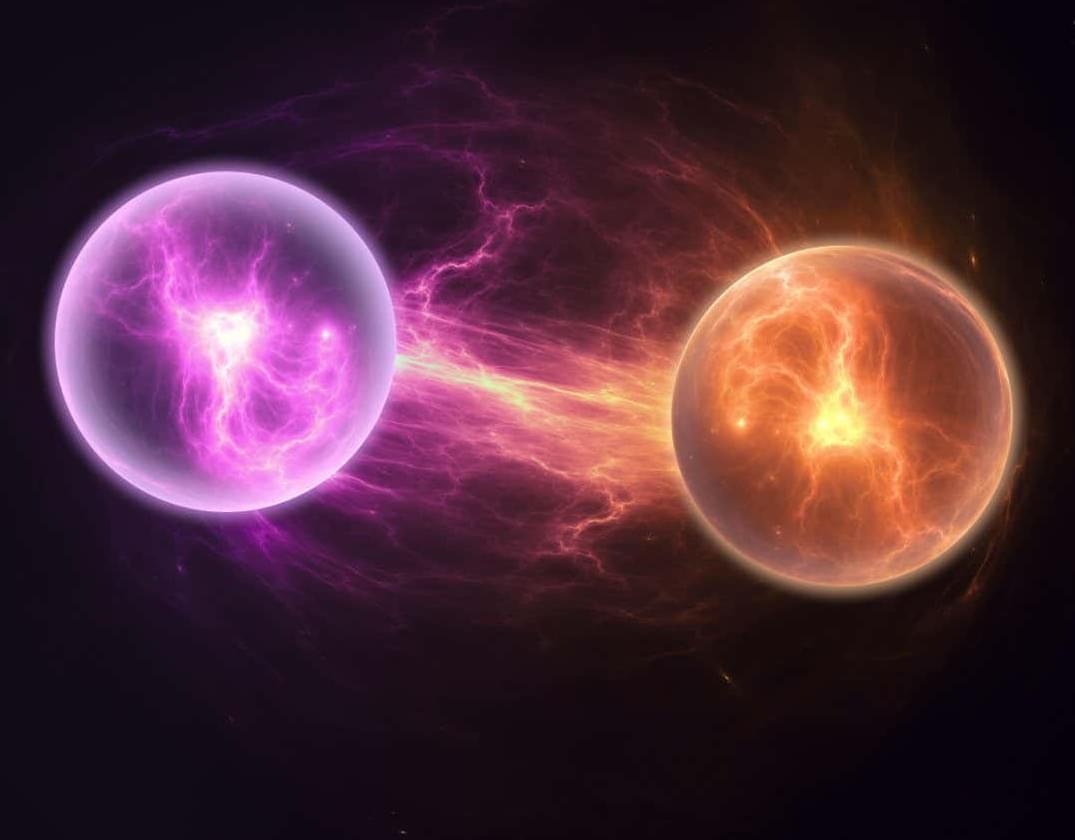

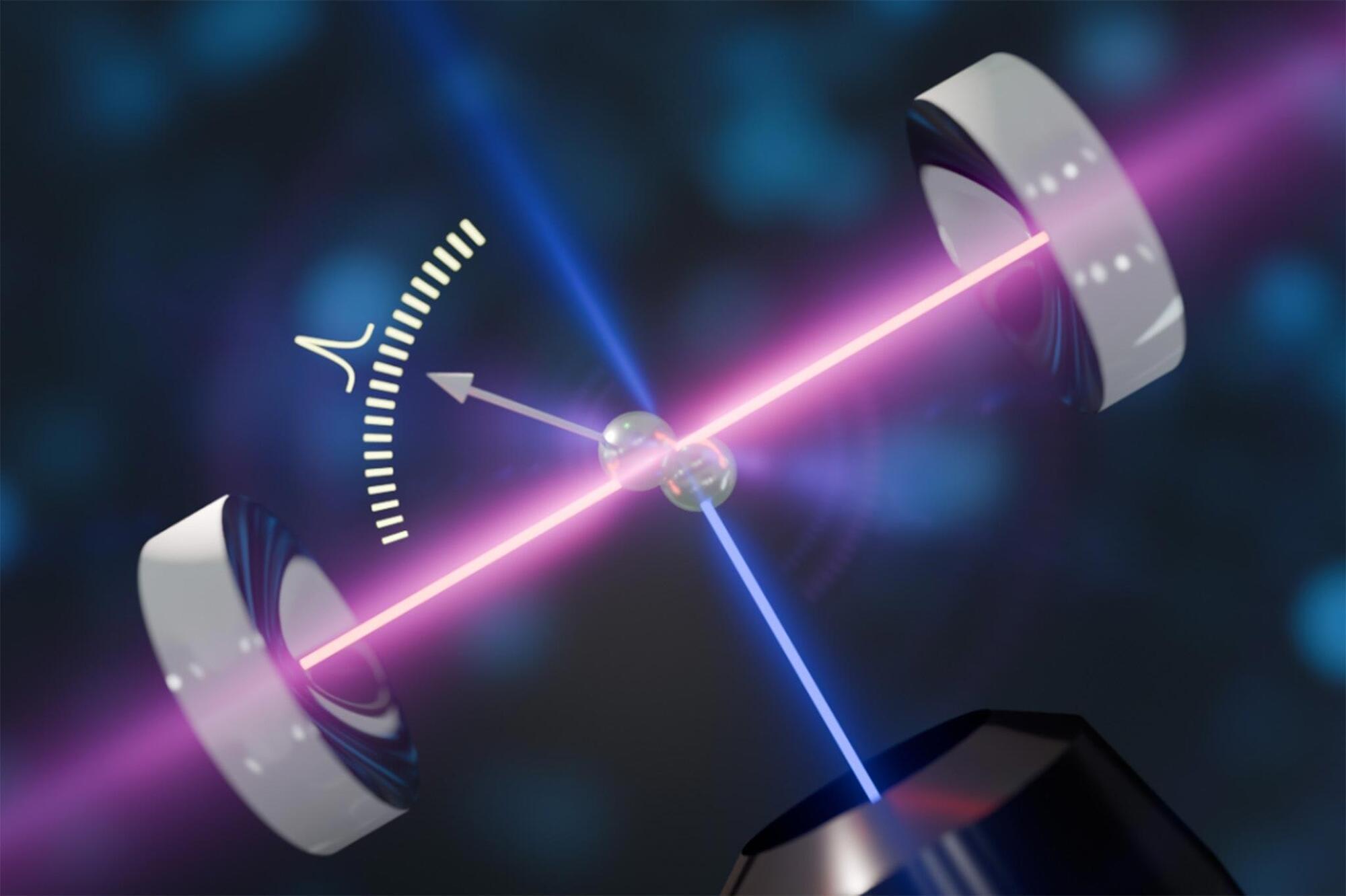

Sliding ferroelectrics are a type of two-dimensional (2D) material realized by stacking nonpolar monolayers (atom-thick layers that lack an electric dipole). When these individual layers are stacked, they produce ferroelectric materials with an intrinsic polarization (i.e., in which positive and negative charges are spontaneously separated), which can be switched using an external electric field that is perpendicular to them.
Understanding the mechanisms driving the switching of this polarization in sliding ferroelectrics has been a key goal of many studies rooted in physics and materials science. This could ultimately inform the development of new advanced nanoscale electronics and quantum technologies.
Researchers at Westlake University and the University of Electronic Science and Technology of China recently uncovered a new mechanism that could drive the switching of polarization in sliding ferroelectrics. Their paper, published in Physical Review Letters (PRL), suggests that polarization switching in the materials is prompted by wave-like movements of domain walls (i.e., boundaries between regions with an opposite polarization), rather than by synchronized shifts affecting entire monolayers at once, as was assumed by some earlier works.
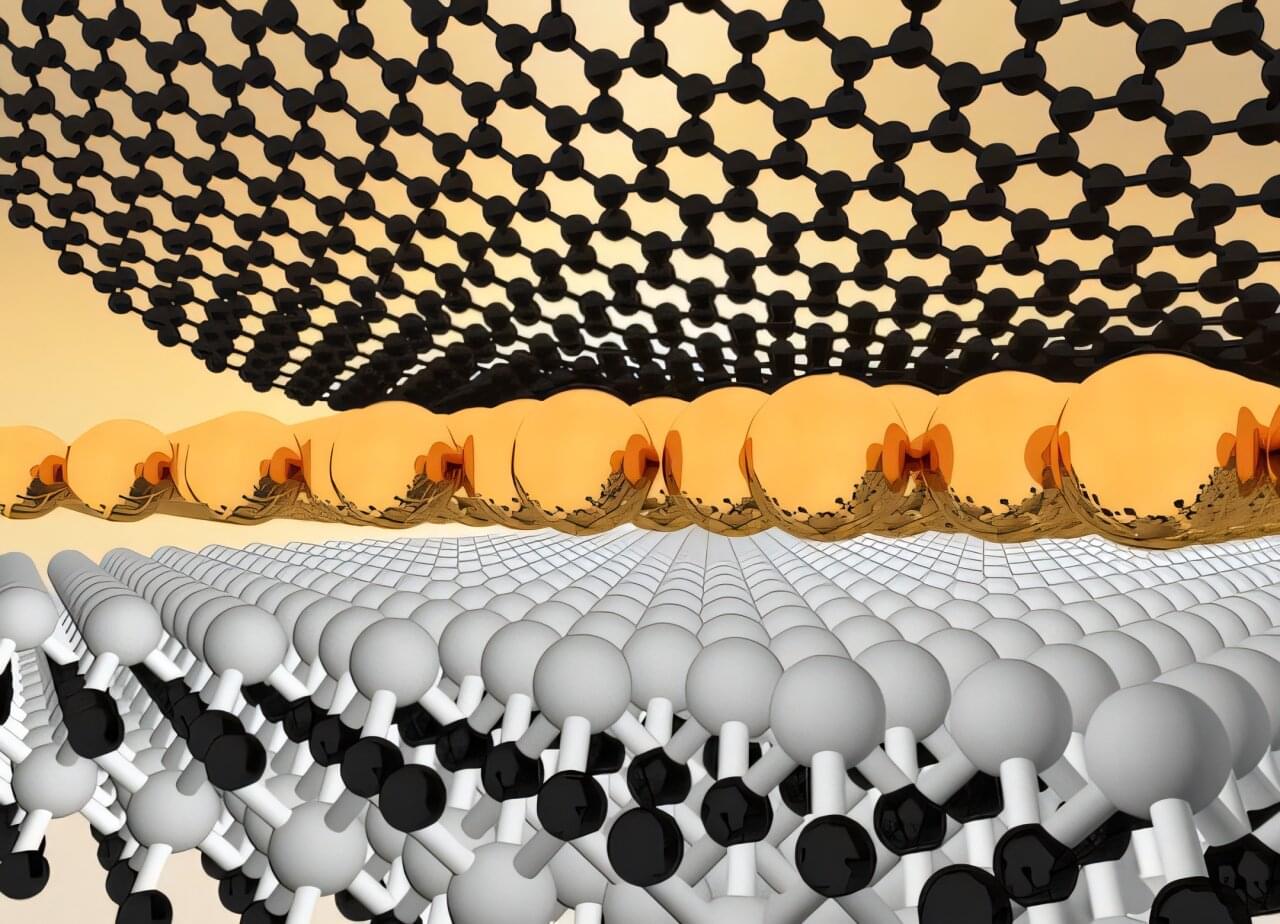
Just as overlapping ripples on a pond can amplify or cancel each other out, waves of many kinds—including light, sound and atomic vibrations—can interfere with one another. At the quantum level, this kind of interference powers high-precision sensors and could be harnessed for quantum computing.
In a new study published in Science Advances, researchers at Rice University and collaborators have demonstrated a strong form of interference between phonons—the vibrations in a material’s structure that constitute the tiniest units (quanta) of heat or sound in that system. The phenomenon where two phonons with different frequency distributions interfere with each other, known as Fano resonance, was two orders of magnitude greater than any previously reported.
“While this phenomenon is well-studied for particles like electrons and photons, interference between phonons has been much less explored,” said Kunyan Zhang, a former postdoctoral researcher at Rice and first author on the study. “That is a missed opportunity, since phonons can maintain their wave behavior for a long time, making them promising for stable, high-performance devices.”
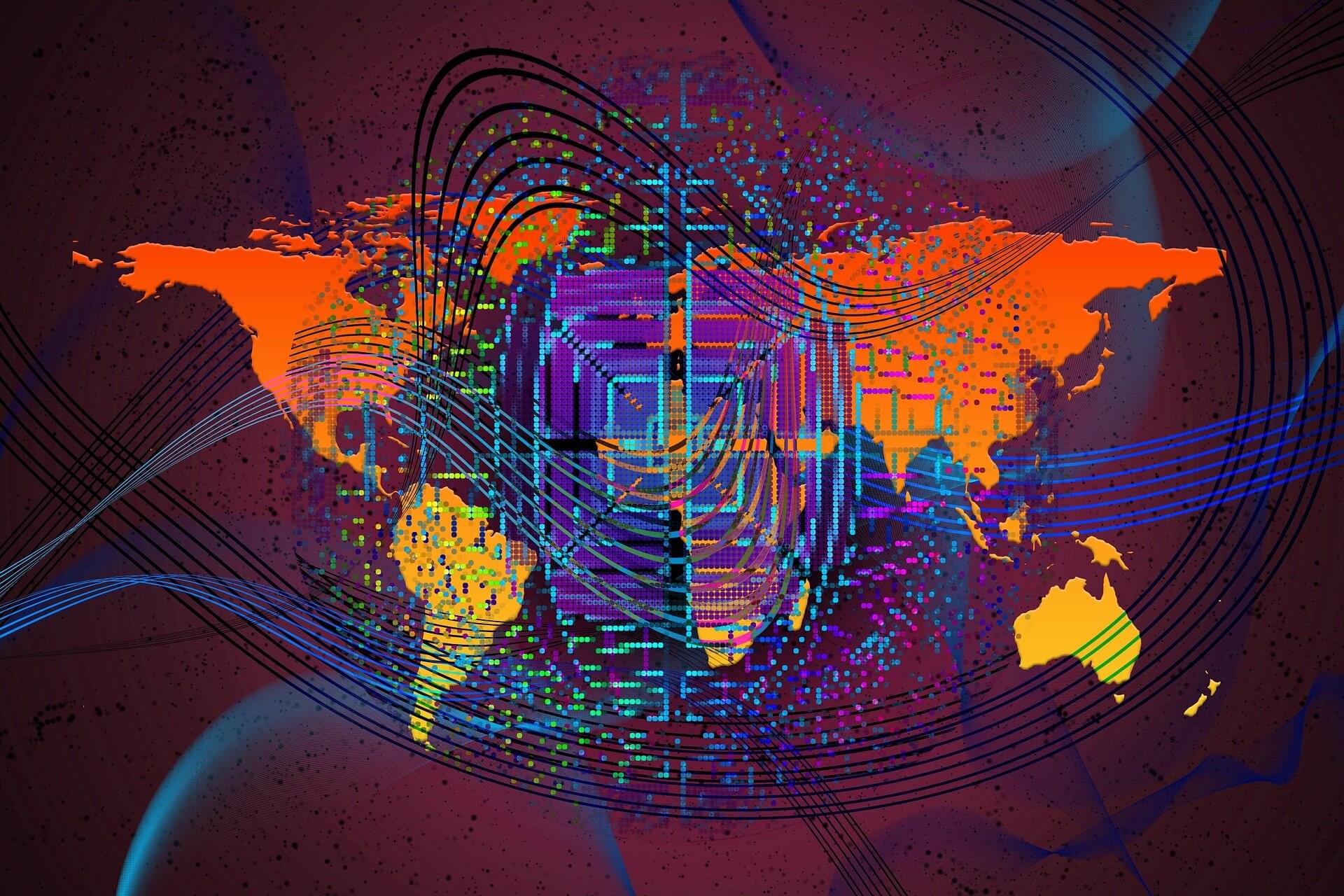
A major breakthrough in quantum technology was achieved in October 2024: the first-ever quantum satellite communication link between China and South Africa. The connection spanned a remarkable 12,900 km: the longest intercontinental quantum communication link established to date. The longest before this was 7,600 km and within the northern hemisphere only.
It was achieved with quantum key distribution, a method for a sender and receiver to share a secure key that they can use to safely send messages. Any interception during transmission leaves traces that can be detected. It involves sending single photons (tiny particles of light).
If someone tries to intercept the photons, the photons get disturbed because of quantum physics. Quantum physics is the study of matter and energy at the most fundamental level. Sender and receiver use only undisturbed photons, making the key to the message ultra secure. The key can be sent via optical fiber or free-space, including satellites.
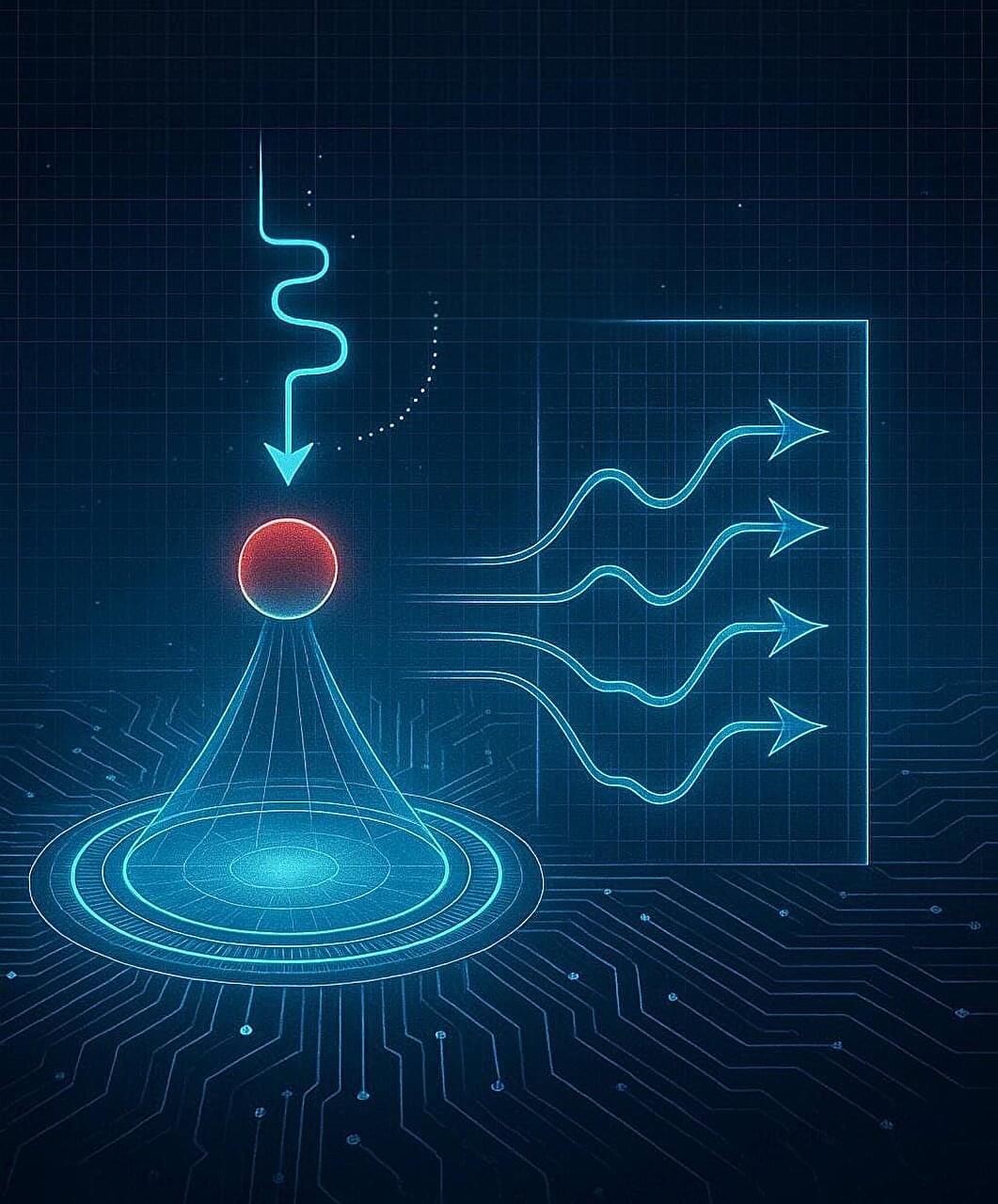
A photonics research group co-led by Gregor Weihs of the University of Innsbruck has developed a new technique for generating multi-photon states from quantum dots that overcomes the limitations of conventional approaches. This has immediate applications in secure quantum key distribution protocols, where it can enable simultaneous secure communication with different parties.
Quantum dots—semiconductor nanostructures that can emit single photons on demand—are considered among the most promising sources for photonic quantum computing. However, every quantum dot is slightly different and may emit a slightly different color. This means that to produce multi-photon states, we cannot use multiple quantum dots.
Usually, researchers use a single quantum dot and multiplex the emission into different spatial and temporal modes, using a fast electro-optic modulator. The technological challenge is that faster electro-optic modulators are expensive and often require very customized engineering. To add to that, they may not be very efficient, which introduces unwanted losses into the system.

Researchers at the University of Southern California (USC) in the US turned to an often overlooked particle for storing and processing quantum information to overcome the fragility of quantum computers and make them more universal in the near future.
Positioning one such particle in a quantum computer can help overcome errors in quantum computing, a university press release said.
The age of quantum computing promises computations at speeds that will make even the fastest supercomputers of today appear like snails. These computers leverage quantum properties of materials to store information in quantum bits or ‘qubits’
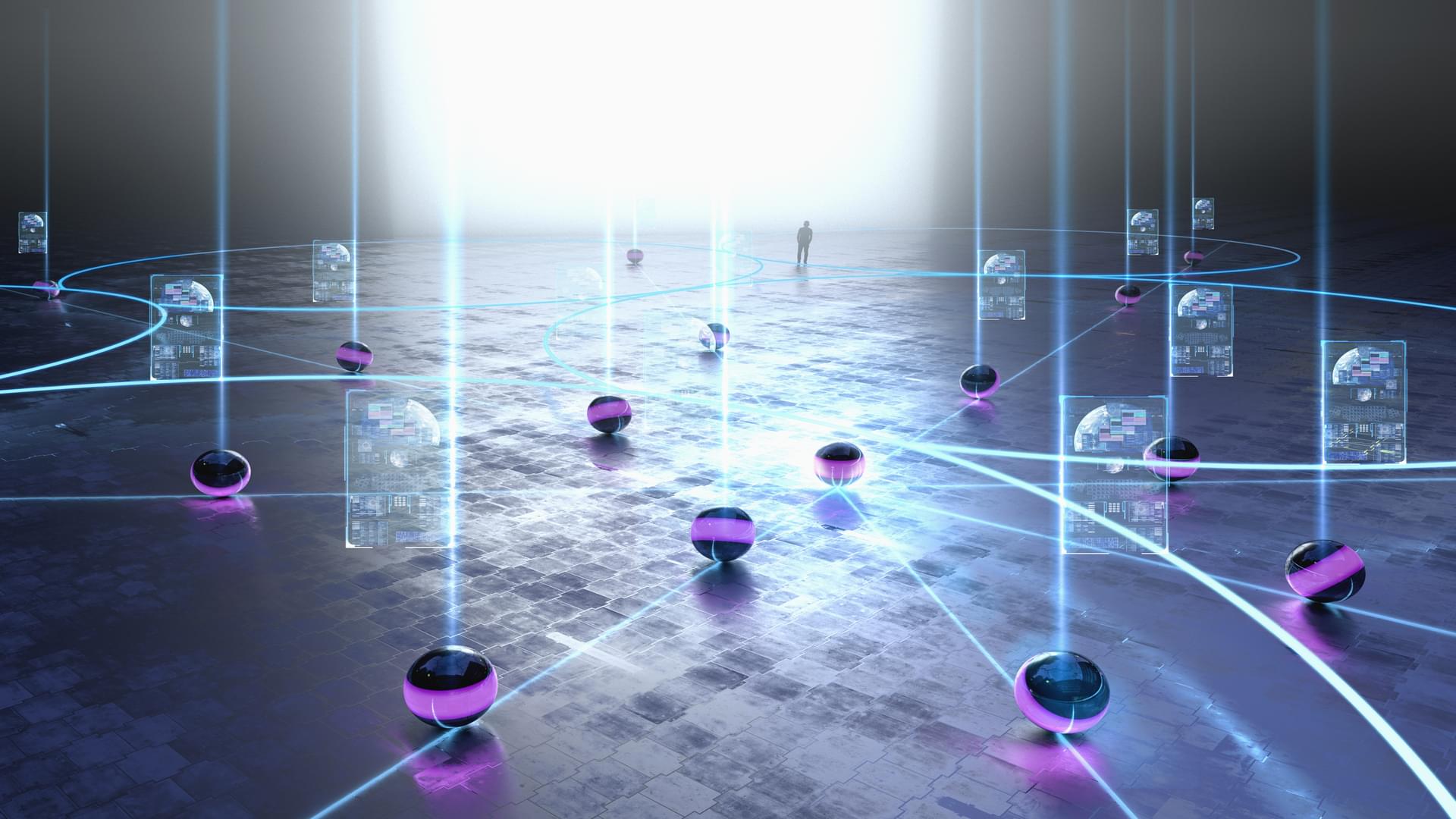
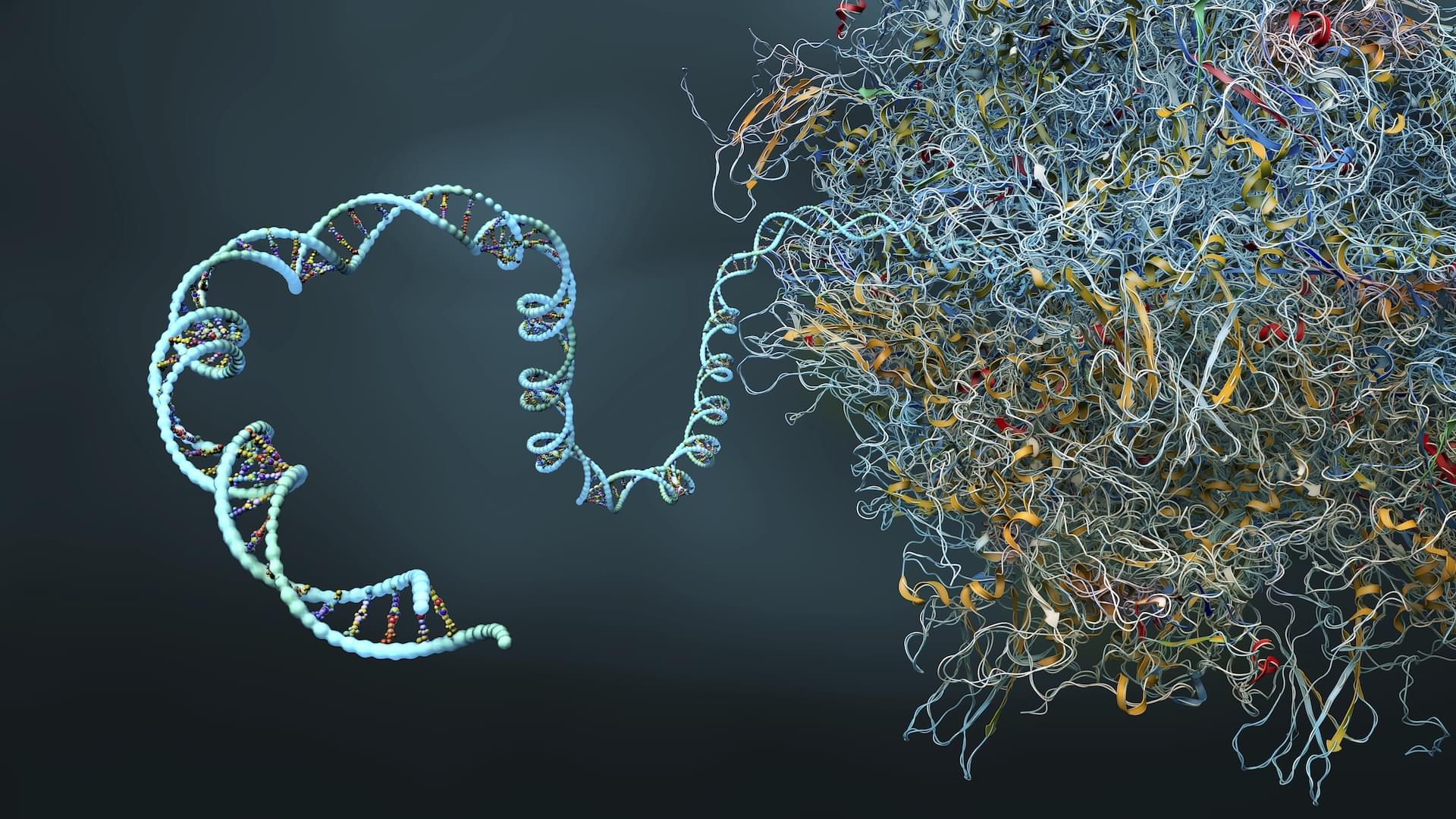
A yet-to-be peer-reviewed study by scientists at the University of Science and Technology of China involved cooling 10,000 ytterbium atoms to just a few thousandths of a degree above absolute zero and trapping them using light. Each atom was precisely controlled and placed into a superposition of two distinct spin states. This is known as a “quantum cat” state.
In the famous Schrödinger’s cat thought experiment, we see a cat closed in a box with a poison activated by a random quantum process. Without opening the box, we cannot ascertain the state of the cat, so it is both alive and dead, two contradictory states in the non-quantum reality we experience. In the quantum world, quantum cat states are superpositions where a quantum state can exist in several ways at once, although it’s impossible to tell which one it really is, so it’s effectively all of them at once.
In the recent experiment, it is the length of this quantum cat state that is astounding. In nature, the superposition will collapse into one or the other in a fraction of a second, but here it persisted for 1,400 seconds. The team thinks that with a better vacuum system, it can be made to last even longer.